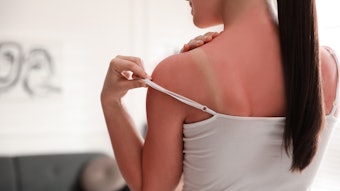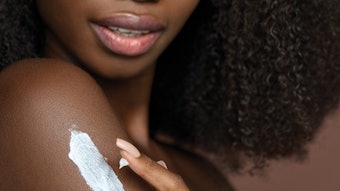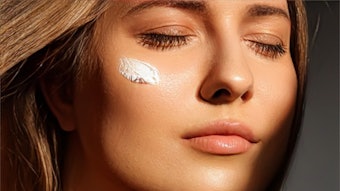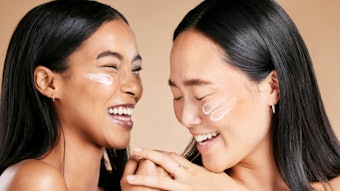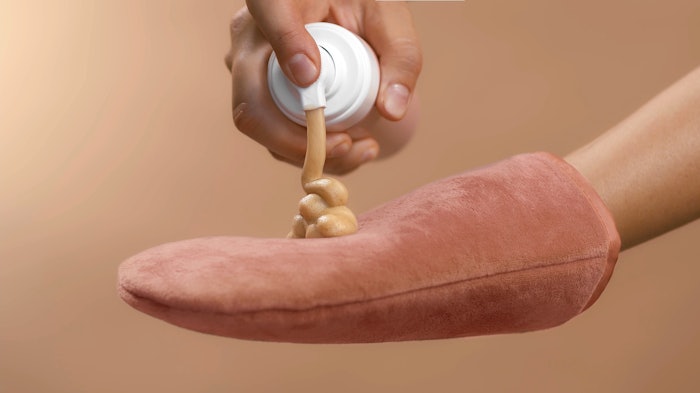
Tanning used to be a long coveted tradition of slathering yourself in baby oil and baking in the sun. It's safe to say that as our knowledge of skin physiology and skin cancer has grown, this tradition is not very much practiced anymore. In general, the attitude consumers have toward tanning has shifted greatly in the past few years.
Isle of Paradise explored how consumers attitudes toward tanning have shifted, while focusing on the differences between generations and the impact social media, beauty trends and influenceers have had on it.
Related: Physical vs. Chemical Sunscreen Technologies
Tanning's History
In the early mid-20th century, tanning was linked to leisure, wealth and attractiveness. This was supported by the belief that sunlight was good for the skin, which led many consumers to seek out tans through sunlamps, tanning beds and long hours of sun exposure. Baby boomers in particular were known to love sunbathing, oftentimes without using any form of sun protection.
Scientific research about the dangers of tanning really started to come out in the 1970s and 1980s. This was when the link to UV radiation and skin cancer was made and became increasingly apparent. This was also when cases in melanoma and other skin cancers began to rise.
Related: Sun Damage vs. Light Damage: Educating Your Clients on Winter Sun Care
Shifting Opinions
After this research came to life, it prompted a shift in public opinion on sun protection and sun exposure. It did not get rid of the public's desire to have a tanned aesthetic though. Instead, many consumers began to search for alternative methods to receive the same look, which lead to the rise in self-tanning products and the promotion of "safe tanning."
Related: The Importance of Retailing Inclusive Sun Care
Social Media Influence
Now was the time for beauty influencers to really take center stage in the shift in tanning opinions. Platforms like Instagram and YouTube became particularly cataclysmic as beauty influencers shared their top tips and tricks for the perfect at home tan or spray tan prep methods. These influencers have shifted interest not only to fake or "safe" tanning to get the bronzed look, but they also shifted just how tan everyone got. Even more recently, body contouring through spray tanning has been another trend that has been showcased on social media.
Previously, consumers were opting to go shades far darker than their natural skin tone, but influencers started to push the idea of going for a more healthy tanned glow instead of a deep tan color. With greater access to information and a more critical view of traditional beauty standards, the newer generations have largely rejected previous tanning culture.
Related: How to Stand Out as a Beauty Brand in the Sun Scare Market
Product Evolution
With the shift in consumers approach to tanning, self-tanning products also evolved. What used to be an industry full of gradual tanning lotions and self-tanning mousses has evolved into at home self-tan water sprays and tanning drops that you can add into your moisturizer. There has also been a rise in tanning products that are safe for the skin on the face, as many consumers learned how body tanning products can cause breakouts as well.
The rise in protecting your skin from the damage of the sun exposure has also led to many consumers looking toward tinted facial sunscreens as well.
Thanks to the educational benefits of social media and influencers, as well as skin science and research, there are many options on the market now for people to achieve that healthy glow without damaging their skin in the process.

